How to fix the snow mold damage to your lawn left at the end of winter. Snow mold or snow rot treatment and snow mold repair. Snow mold is a fungus that can severely damage your lawn. This easy repair tip can help repair the damage to your lawn cause by snow mold.
How to Repair Grass Damaged by Snow Mold
Last year when we arrived home after snowbirding in Florida, it was to find the snow mold was excessive. We usually get some snow mold, but last year was a whole lot more than normal.
What is snow mold? Well I am glad you asked!
According to the wiki,
“Gray snow mold (Typhula spp. or Typhula blight) is the less damaging form of snow mold. While its damage may appear widespread, it typically does little damage to the grass itself, only to the blades. Unlike most plant pathogens, it is able to survive throughout hot summer months as sclerotia under the ground or in plant debris. Typhula blight is commonly found in United States in the Great Lakes region and anywhere with cold winter temperatures and persistent snow fall.”
“Pink snow mold (Microdochium nivale or Fusarium patch) is the more severe form of snow mold, and can destroy the roots and crowns of grass, causing more damage than gray snow mold. Like gray snow mold, it is able to survive the summer months in decayed plant debris as spores or mycelium.”
Gray snow mold most often occurs when the ground is covered continuously with snow for 40+ days. Pink snow mold does not require any snow cover to develop. The constant freeze thaw cycle of snow and ice on grass will do it. For those not in the northeast… most snow in my area doesn’t stay on the ground all winter. One day it will be 30° and snowing, the next day 45°, melted and gone, the day after 60°, and then back down to 20° for a few days. Rinse and repeat that cycle for January and February. The constant freeze thaw cycle is hard on the grass and on cement driveways.
We normally get a little bit of snow mold in a few spots each winter, but nothing dramatic. Our winters are not usually terrible, However, in 2014 and 2015 due to the severity of the winters on the east coast, there was a lot of cold. Frigid cold. Which meant no freeze thaw cycle, just a lot of freeze, and the snow did not melt. Which in turn meant more snow mold than normal. A lot more. I can’t tell you the last time I saw the amount of snow mold on our grass as I did in spring 2015.
Everything I have ever read has gray and pink (whitish) snow mold appearing side by side. There is no “cure” for the gray snow mold, and it is always recommended you replace that area and move on.
Now, since I am not a lawn care guy, I can’t tell the difference in the two molds (they both look white to me), so I go about the exact same repair every year: I rake. And every year, my grass comes back nice and green a few weeks later when spring really comes. I have been doing this for about 30 years now. I learned this from my father who learned it from his mother (my grandmother). Raking gets rid of the dead grass, the debris, and allows the sun to come in and green up your lawn nicely (I want to say the sun also kills the mold, but since I don’t know that for a fact, take it as it is only a supposition on my part with no scientific back-up).
This was our yard in April, 2015 after a horribly long winter season:
Neither our front yard (where the driveway gets plowed and the snow dumped on the side) nor the backyard (no plowing, no piles) were spared.
It was time to clean up the snow mold so we could have green grass in the spring, summer, fall and beyond!
Tools used to clean up snow mold:
● Leaf Rake
● Lawn Recycling Bags (my municipality requires we recycle all lawn and garden waste)
● Garden Gloves (because the first time I use a rake each year my calluses are not built up)
● Flat Shovel
● Broom
I raked up all the dead grass, leaves, and snow mold, pressing down into the grass. I sometimes went over the same spot 3-4 times so I could actually see see the white fly (which probably spreads it, but what are you gonna do?).
You can walk on the lawn right away, but we usually wait until it dries out a bit (otherwise it is a bit muddy).
A few days later, green grass blades start to grow and show through, and I started to see real improvement by the end of a week.
A few weeks later I saw the lawn coming back rather nicely.
Snow Mold Prevention Tips:
● Many lawn care services recommend fertilization in the fall and a 2″ lawn. Since our last cut is around the second to third week in November, that is not always possible. One week it can be 60° all week and just as you haul out the lawn mower for a second “final” cut, bam! – you get three inches of snow for Thanksgiving.
● Same for the leaves. Usually they have all dropped by the first or second week of November, but sometimes they hang on into December (our backyard maple does this… drives me nuts), and there is no way to get ALL the leaves off the lawn (soggy leaves in a pile can form ice and major pockets of snow mold develop underneath).
● Snow piles: it is best to not make major snow piles when your driveway is plowed or your shovel. Hahahaha Tell that to the snow plow driver who is bound by local ordinances to return the snow to your property when clearing your driveway. While a best practice would be to avoid the piles (and the snow dirt piles that come afterward when it freezes into a hard dirty pile that takes until May to melt – blech), it is not always possible.
● Click here for more How Does Your Garden Grow Topics on Ann’s Entitled Life.
● Enjoy this post? Sign up for the Ann’s Entitled Life FREE Weekly Newsletter to stay connected.
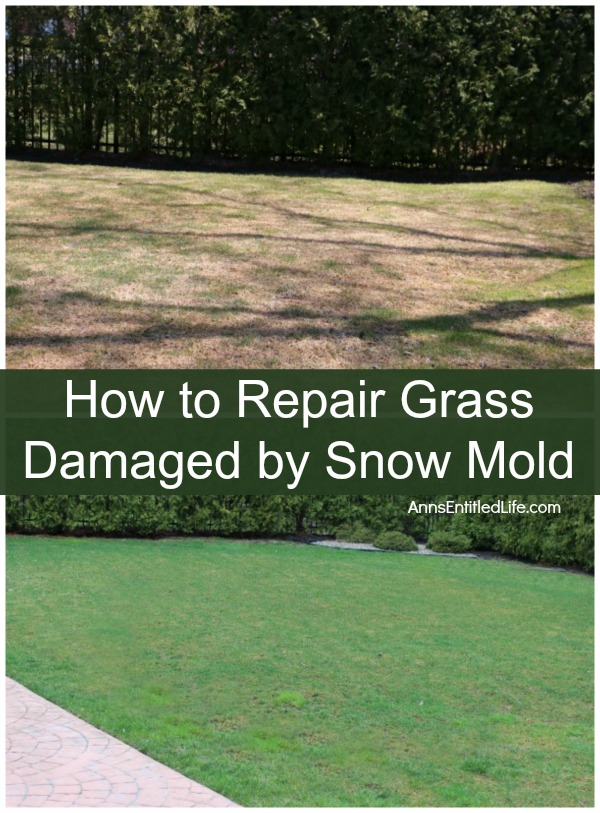
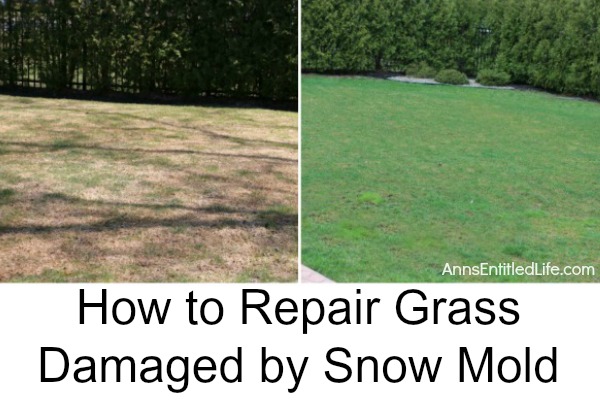
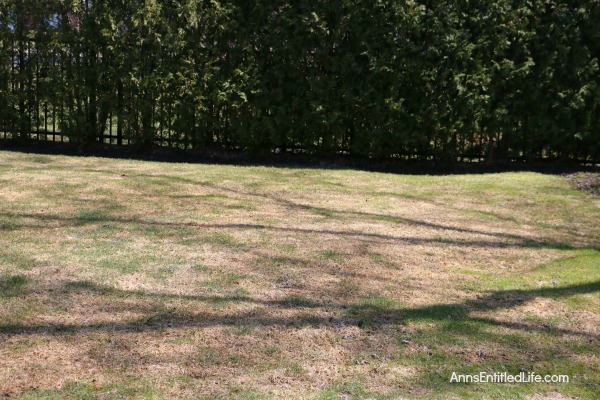
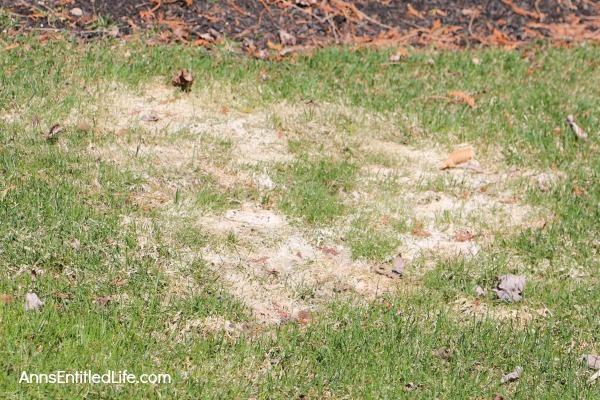
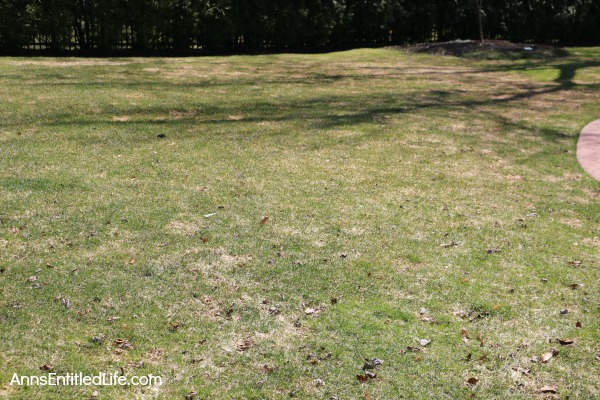
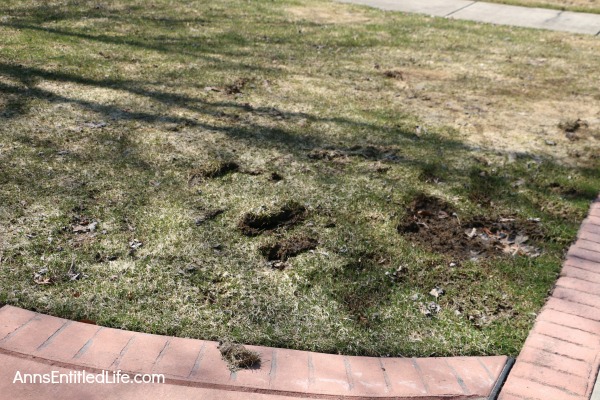
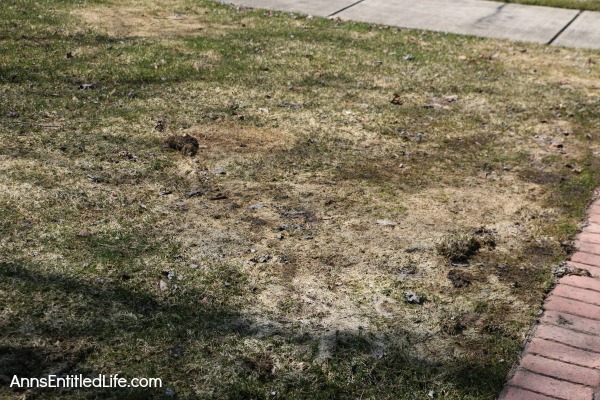
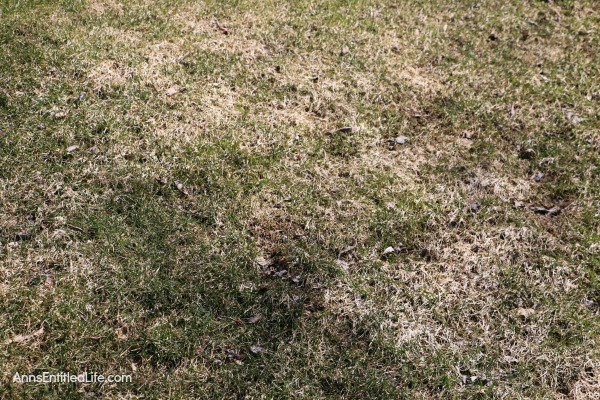
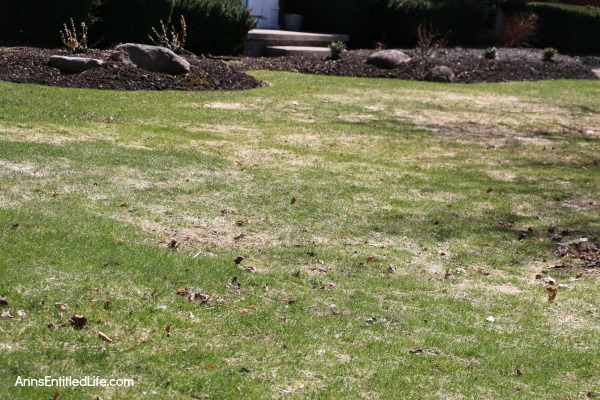
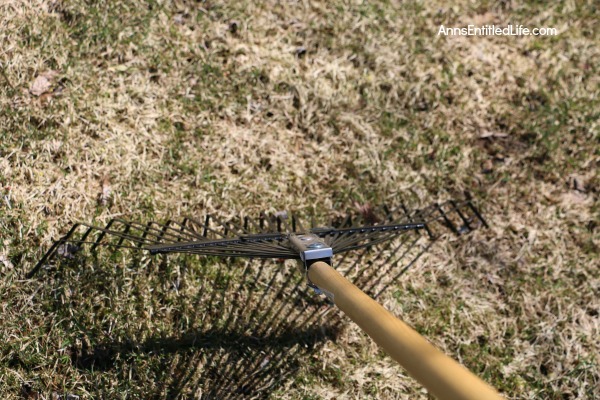
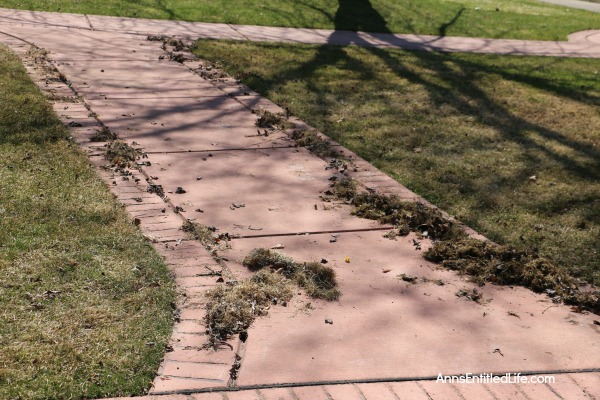
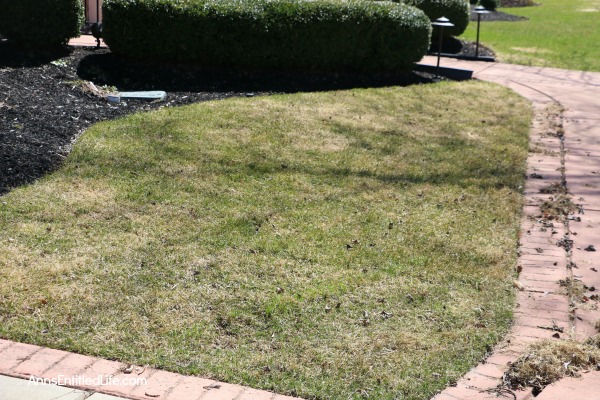
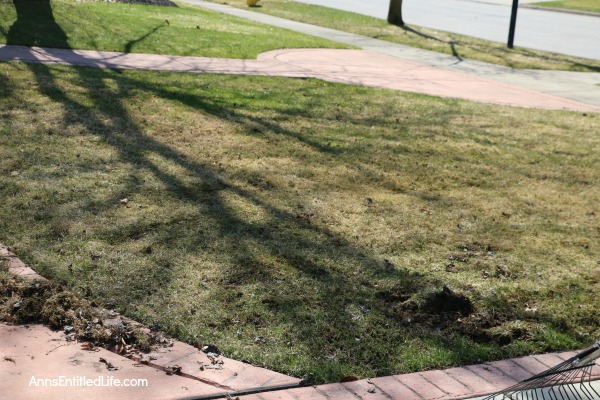
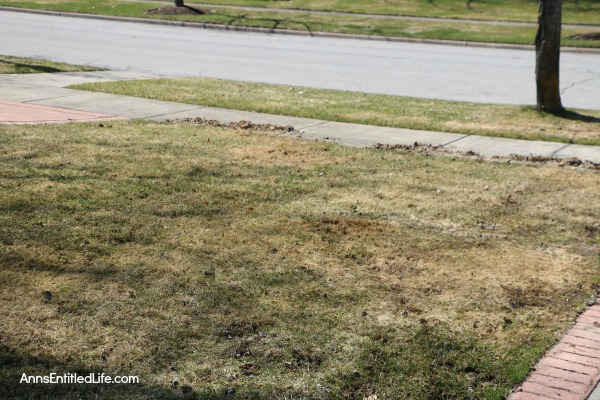
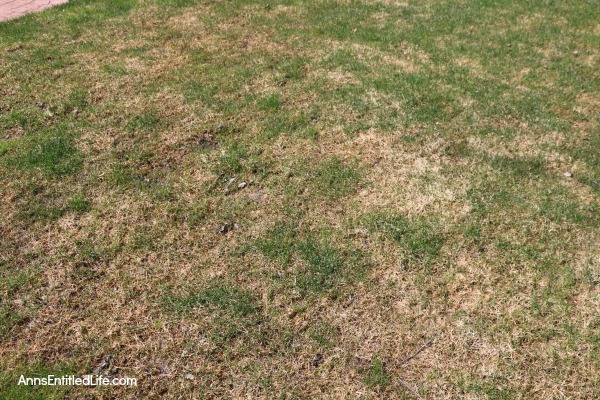
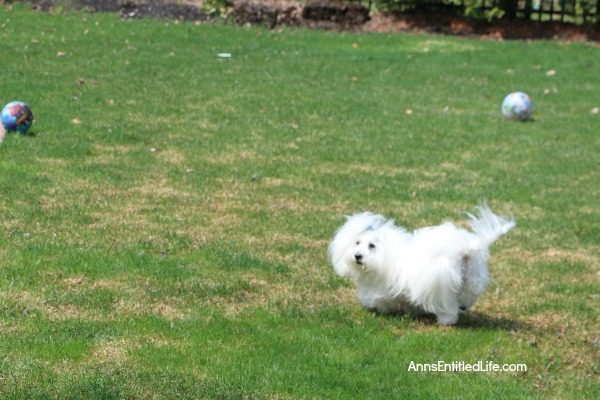
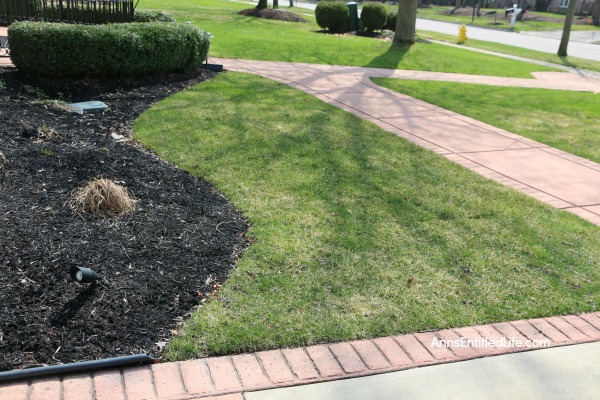
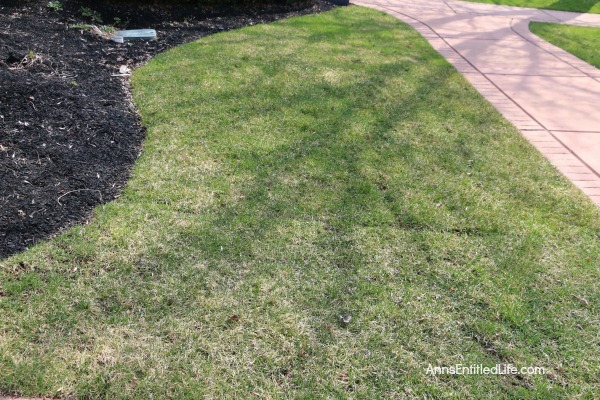
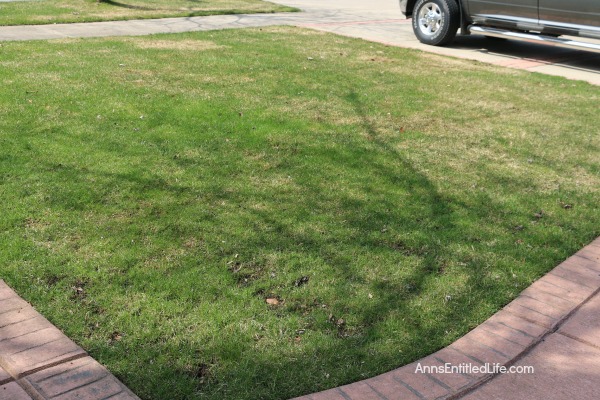
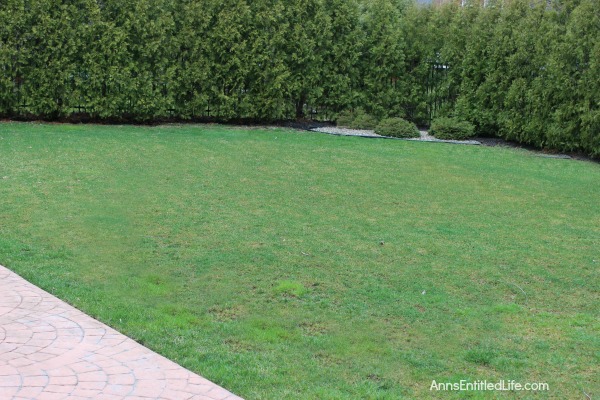
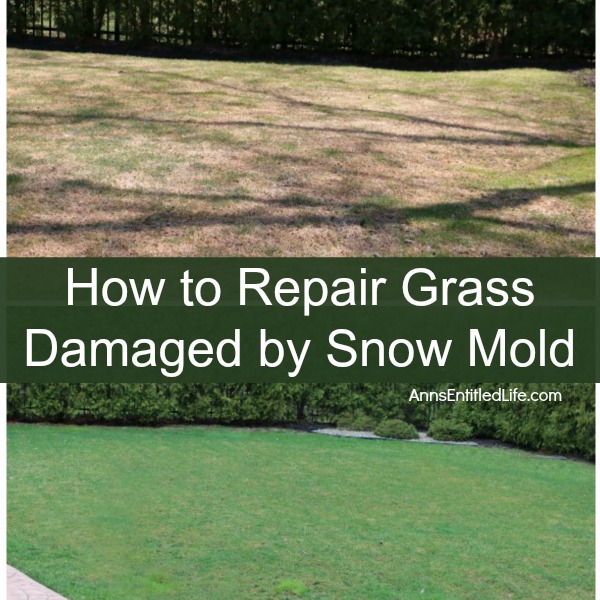
Leave a Reply